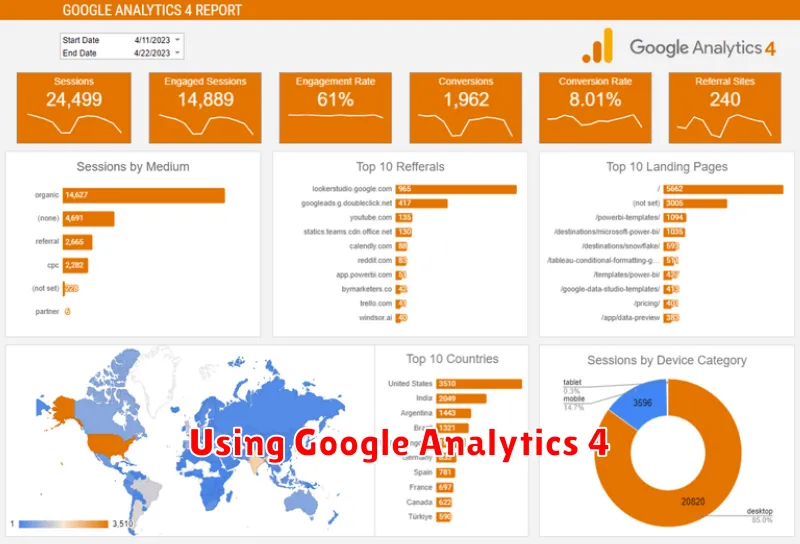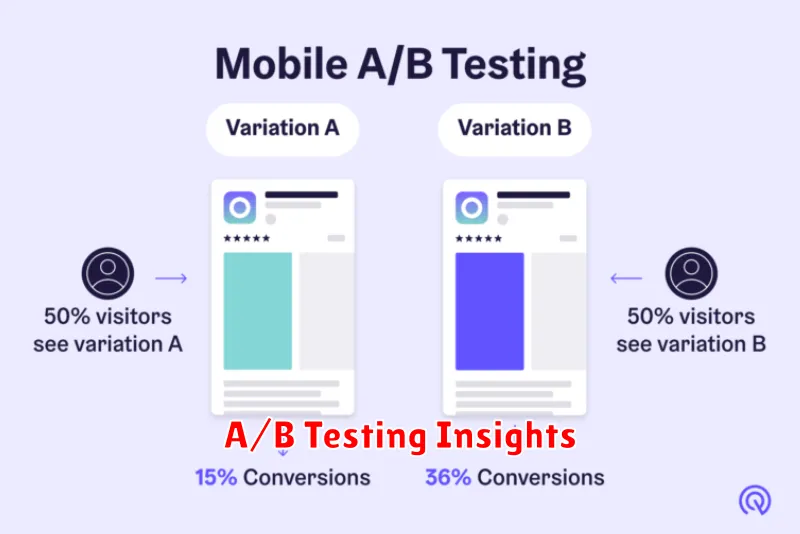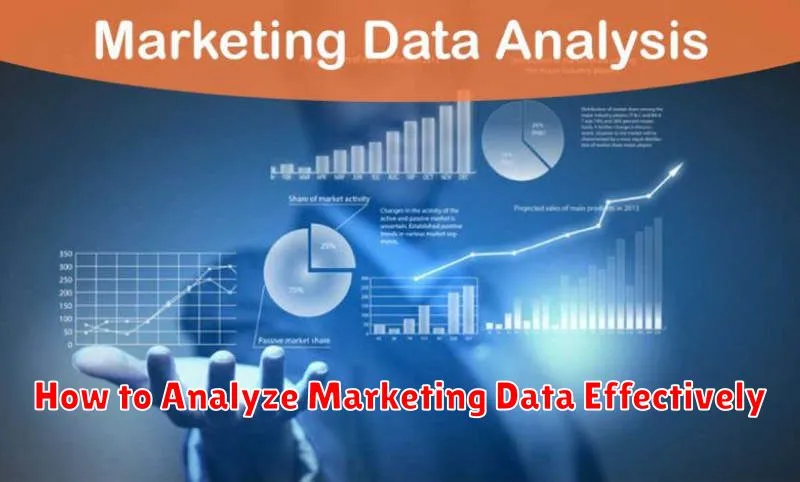In today’s data-driven world, marketing analytics plays a crucial role in the success of any business. Analyzing marketing data effectively empowers organizations to understand customer behavior, measure campaign performance, and optimize return on investment (ROI). This article will guide you through essential steps and techniques to effectively analyze your marketing data and make informed decisions. Learn how to leverage the power of data analysis to refine your marketing strategies, identify key performance indicators (KPIs), and ultimately achieve your business objectives. Whether you are a seasoned marketing professional or just starting out, understanding how to analyze marketing data is an invaluable skill in today’s competitive landscape.
From website analytics to social media engagement and sales figures, a wealth of marketing data is available to businesses. However, simply collecting data is not enough. The true power lies in the ability to analyze and interpret this information. This article will provide practical guidance on how to effectively analyze marketing data, covering topics such as data collection, cleaning, visualization, and interpretation. We will explore various analytical techniques, including cohort analysis, regression analysis, and A/B testing, to unlock valuable insights hidden within your data. By the end of this article, you will have a comprehensive understanding of how to transform raw data into actionable marketing insights and drive meaningful business growth.
Collecting the Right Data
The foundation of effective marketing analysis lies in collecting the right data. Gathering irrelevant data leads to wasted time and resources, while missing crucial data points hinders accurate insights. Defining clear objectives is the first step. What specific questions are you trying to answer? What are your key performance indicators (KPIs)?
Once your objectives are established, identify the data sources that will provide the necessary information. This might include website analytics, customer relationship management (CRM) systems, social media platforms, marketing automation tools, and survey responses. Ensure that the data collected aligns directly with your defined KPIs and chosen metrics.
Consider the data quality. Accuracy, completeness, and consistency are crucial for reliable analysis. Implement data validation processes to minimize errors and ensure data integrity. Regularly audit your data collection methods to maintain high standards.
Finally, ensure that your data collection process adheres to all relevant privacy regulations and obtains necessary consent. Transparency and ethical data handling are paramount.
Using Google Analytics 4

Google Analytics 4 (GA4) is a powerful analytics platform that provides valuable insights into website traffic and user behavior. It’s crucial for understanding marketing campaign performance and making data-driven decisions. GA4 replaces Universal Analytics and offers enhanced features focused on user engagement and cross-platform tracking.
Key features of GA4 include event-based data modeling, allowing for more flexible and detailed analysis. It automatically collects certain events, and you can configure custom events to track specific actions on your website. This enables a more comprehensive understanding of the customer journey.
GA4’s cross-platform tracking capabilities are essential for businesses operating across multiple platforms like websites and mobile apps. This consolidated view offers a more holistic understanding of customer interactions and overall marketing effectiveness.
Machine learning within GA4 fills data gaps and provides predictive insights like churn probability and potential revenue. This allows for proactive optimization and improved marketing ROI.
Understanding User Behavior
A crucial aspect of analyzing marketing data effectively involves understanding user behavior. This means going beyond raw numbers and delving into the motivations, needs, and pain points that drive customer actions.
By analyzing user behavior, marketers can gain insights into:
- Purchase patterns: Identifying trends in how, when, and why customers make purchases.
- Content consumption: Understanding which types of content resonate with the target audience and drive engagement.
- Website navigation: Analyzing how users interact with a website to optimize user experience and improve conversion rates.
Gathering data on user behavior can be achieved through various methods, including website analytics, surveys, and A/B testing. Analyzing this data allows marketers to create more targeted and effective marketing campaigns, personalize the customer experience, and ultimately, drive business growth.
Tracking Conversion Funnels
A crucial aspect of analyzing marketing data effectively involves tracking conversion funnels. A conversion funnel visualizes the customer journey from initial awareness to the desired action, such as a purchase or subscription. Understanding the performance of each stage in the funnel helps identify areas for improvement and optimize your marketing efforts.
Typically, a conversion funnel includes stages like awareness, interest, desire, and action. By monitoring the conversion rate at each step, you can pinpoint bottlenecks or drop-off points. For example, if a large percentage of users abandon their carts during checkout, it indicates a potential issue with the payment process or shipping costs. This data-driven insight allows you to implement targeted strategies to address these problems and ultimately improve conversions.
Analyzing conversion funnels by segment (e.g., demographics, traffic source) provides further insights into user behavior. This granular view helps personalize messaging and tailor the customer experience for specific groups. For instance, you might discover that users coming from social media convert at a higher rate than those from email marketing, leading you to allocate more resources to social media campaigns.
A/B Testing Insights

A/B testing provides invaluable insights into how different marketing strategies perform. By creating two versions (A and B) of a campaign element, such as a landing page or email subject line, and randomly exposing your audience to each, you can gather data on which version performs better against a chosen metric.
Key metrics to monitor include conversion rates, click-through rates, bounce rates, and time spent on page. Analyzing the statistical significance of the results helps determine if the observed differences are due to the changes implemented or merely random chance.
Understanding these insights allows marketers to optimize their campaigns for maximum effectiveness. A/B testing helps refine messaging, improve user experience, and ultimately drive better results.
Reporting and Visualization Tools
After cleaning and preparing your marketing data, the next crucial step is selecting the right reporting and visualization tools. These tools empower you to transform raw data into actionable insights. Choosing the appropriate tool depends on several factors, including your budget, technical skills, and the complexity of your data.
Spreadsheet software like Microsoft Excel or Google Sheets are excellent for basic reporting and visualization. They are readily accessible and offer functionalities like charts, graphs, and pivot tables to analyze data effectively. For more advanced analytics and visualizations, consider exploring dedicated Business Intelligence (BI) tools. Platforms such as Tableau, Power BI, and Google Data Studio offer powerful features for creating interactive dashboards and in-depth reports.
These tools enable you to identify key performance indicators (KPIs), track marketing campaign performance, and understand customer behavior. Effectively visualizing your data allows for easier identification of trends and patterns, facilitating data-driven decision-making.

